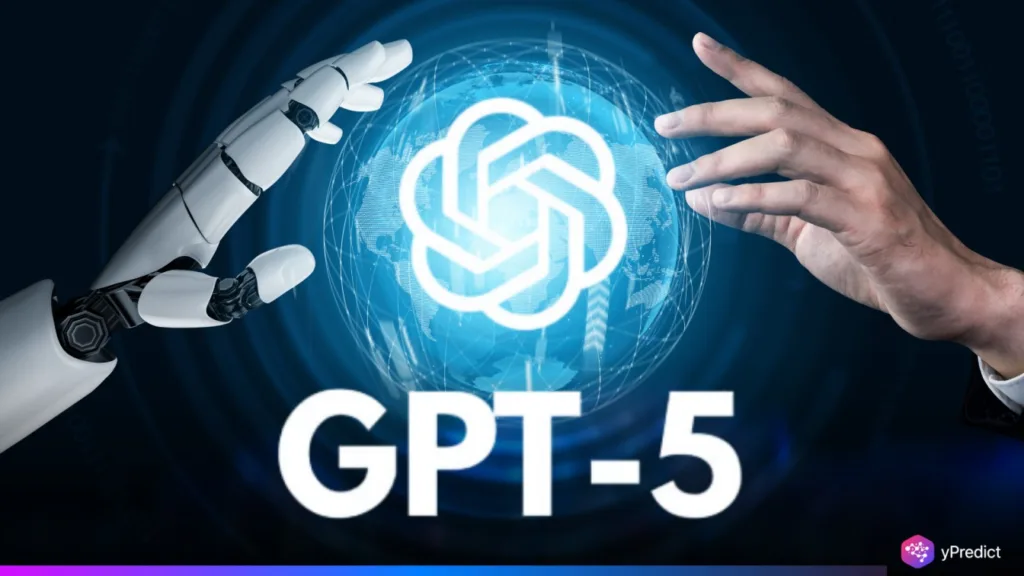
Just hours ahead of the official announcement, a GitHub blog post meant for internal scheduling was published early, revealing the full specs of GPT-5. And it was a comprehensive leak outlining model architecture, use cases, benchmarks, and even internal testing by Microsoft. If there were still questions about how much of a leap GPT-5 would be, this cleared a lot of that up.
GPT-5 is built on what OpenAI calls a unified intelligence system, essentially one massive model covering reasoning, language, vision, and audio in a single architecture. There will be no model switching or patchwork of modules. Just one neural network with 1.7 trillion parameters. This alone shifts processing speeds reportedly 40% faster than GPT-4-turbo with a context window up to 1 million tokens. That’s enough to keep the thread of a novel, a legal case, or an entire codebase without forgetting earlier references.
4 Models under GPT-5
The four model variants were also confirmed: Base, Mini, Nano, and Chat. They’re not just scaled versions of the same model, but tuned with clear tradeoffs. For instance, GPT-5 Nano is used in low-latency scenarios. In simpler words, it can be used as wearables or instant responses in embedded systems. Meanwhile, GPT-5 Chat is built with conversations in mind, handling multimodal input with contextual awareness that’s way beyond previous models.
AI ChatBot to CoWorker
What’s harder to ignore is how deeply baked autonomous agent capabilities have become. GPT-5 isn’t just better at following instructions. It will be planning, executing, and validating its work across multi-step tasks. Benchmarks show an 82% task success rate without human nudging. It can change the role of AI from a chatbot to something more like a co-worker with initiative. Combine that with persistent memory structures that track conversation across sessions, and it starts to look like a genuine assistant, not just a chatbox.
Reasoning Model
On reasoning tasks, the numbers are striking. It even clears licensing exams across medicine and law with a high 90s accuracy, without being fine-tuned for those domains. That’s not just impressive. If this is the case, then it will be pushing into territory that used to be considered years out. Microsoft’s involvement also isn’t subtle. Mentions of “Smart Mode” have been in the Copilot. There have been quiet rollouts of GPT-5 features pointing to tight coordination. If early adopters are already seeing the benefits in tools like Cursor or Perplexity, that’s a sign of how quickly integration is going to move post-announcement.
Progress Behind the Scenes
Even with all the excitement, it’s worth keeping expectations realistic. GPT-4 ran into issues with hardware like melting GPUs, during the Ghibli trend. Likewise, not having enough of the right kind of data made training the model slower. Things like faster response times, better memory, and more consistent answers are still behind the scenes. When it comes to access, OpenAI is rolling GPT-5 out in stages. First to API partners and GitHub Models, then later to ChatGPT and other platforms. Overall, GPT-5 is making everything work better together.






